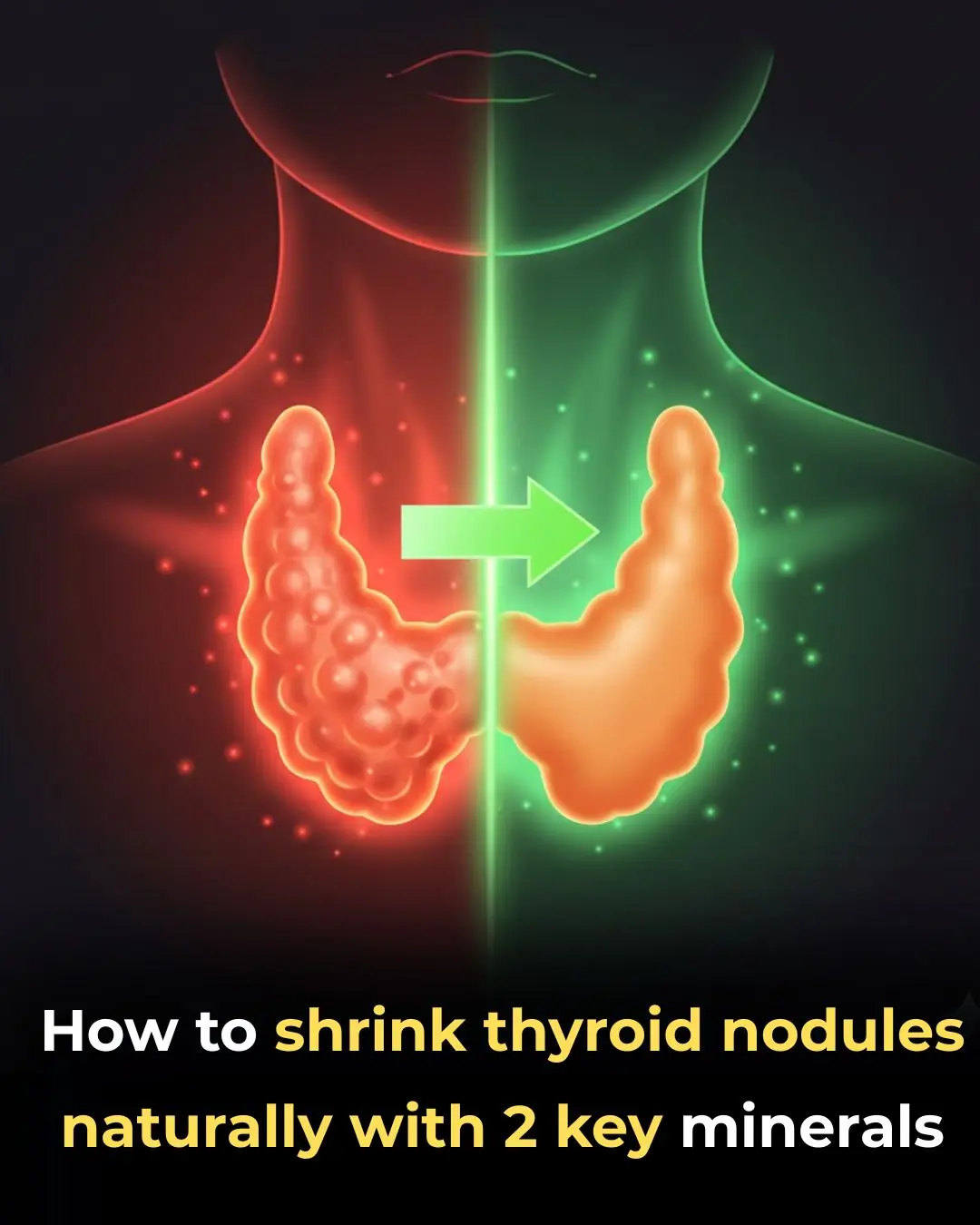
Tooth Decay: Causes, Types, and How to Prevent It
Tooth Decay: Causes, Types, and How to Prevent It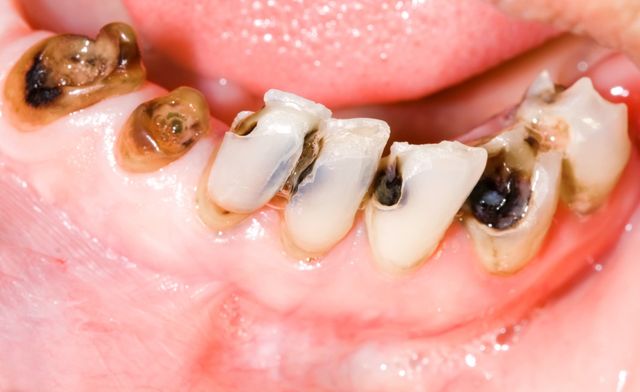
Tooth decay, also known as dental caries or cavities, is one of the most common oral health problems worldwide. But contrary to what some might think, tooth decay doesn’t happen overnight. It’s a gradual process that develops under the right conditions — and once it starts, it can move quickly if left unchecked.
In this article, we’ll explore what causes tooth decay, the different types, and the most effective ways to prevent it.
What Causes Tooth Decay?
Tooth decay begins when specific types of bacteria in the mouth feed on sugars and starches from the food you eat. These bacteria produce acids that erode the protective enamel on your teeth. Over time, this erosion creates tiny holes — cavities — which can deepen and spread if not treated.
There are three key ingredients that must be present for decay to develop:
-
Acid-producing bacteria – Not all bacteria in your mouth are harmful, but certain ones, like Streptococcus mutans, produce acid that breaks down tooth enamel.
-
Sugary or starchy foods – Foods high in sugar and carbohydrates fuel these harmful bacteria.
-
Vulnerable teeth – Teeth lacking proper fluoride protection or with weak enamel are more likely to suffer decay.
Once tooth decay begins, it doesn’t always remain slow. When the decay reaches the dentin (the layer beneath the enamel), it can spread much faster. If it reaches the pulp — the inner part of the tooth that contains nerves and blood vessels — it can cause severe pain, infection, and may even require a root canal or extraction.
Tooth Decay Is Contagious
Surprisingly, tooth decay can actually spread from person to person. Sharing utensils, drinking from the same glass, or even kissing someone with active cavities can transfer cavity-causing bacteria. That’s why it’s important to practice good oral hygiene not only for yourself but also to protect others.
Types of Tooth Decay
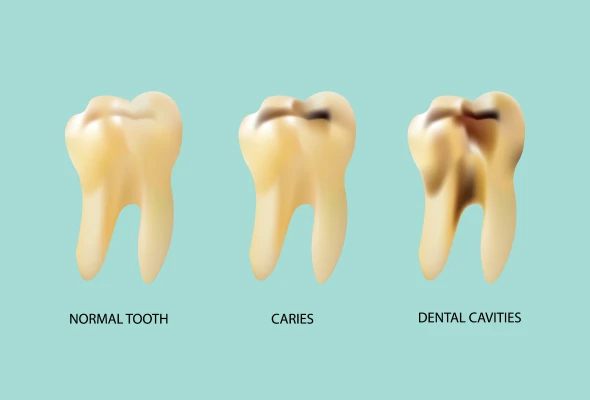
There are three main types of tooth decay, each affecting different areas of the tooth and occurring more commonly at certain ages:
1. Smooth Surface Decay
This type of decay occurs on the flat, smooth sides of the teeth, often between them. It’s more common in young adults (ages 20–30) and typically progresses slowly. With early detection and good oral care, it can often be reversed or managed without extensive dental work.
2. Pit and Fissure Decay
This type of decay targets the grooves and crevices of the molars — areas that are harder to clean. Since food and bacteria can easily get trapped here, it’s a common site for cavities. Pit and fissure decay can develop quickly if these areas aren’t thoroughly brushed.
3. Root Decay
Root decay is the most aggressive form of tooth decay and often affects older adults, particularly those with receding gums or dry mouth (a common side effect of many medications). It begins on the exposed roots of teeth and is harder to treat due to the softer structure of the root surface.
How to Prevent Tooth Decay
Tooth decay may be common, but it’s also highly preventable. Here are some of the most effective ways to protect your teeth:
-
Brush twice a day with fluoride toothpaste
-
Floss daily to remove plaque between teeth
-
Use fluoride mouthwash for extra protection
-
Limit sugary snacks and drinks
-
Visit your dentist regularly for cleanings and checkups
-
Consider dental sealants for added protection on molars
-
Stay hydrated, especially if you experience dry mouth
Even though harmful bacteria are always present in the mouth, maintaining consistent oral hygiene can keep decay from ever taking hold.
News in the same category


the surprising rosemary scent study researchers say could boost your memory

spray this 3-ingredient oil on your feet 10 minutes before bed and you’ll be dozing off in no time!

7 common fish people are avoiding now—and what they’re choosing instead

Rare Orange Shark With Ghostly White Eyes Captured in First-of-Its-Kind Sighting

Panic Attacks And Anxiety Linked To Low Vitamin B6 And Iron levels

The Science of Rare Steak Versus Rare Chicken

Scientists Discovered How to Kill Prostate Cancer Cells Without Harming Healthy Tissue — Here’s the Breakthrough

The effortless daily trick people use to double their potassium
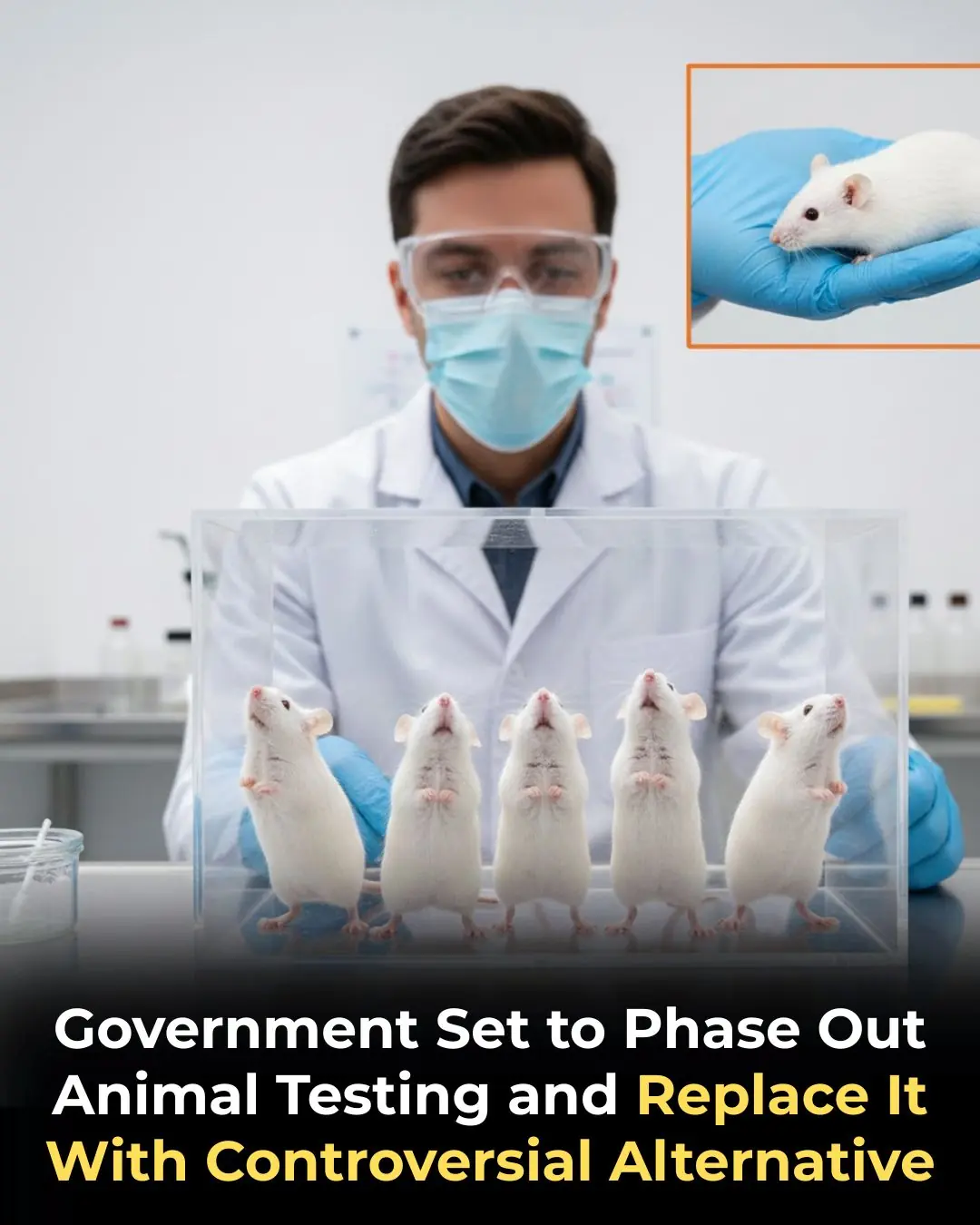
Government Set to Phase Out Animal Testing and Replace It With Controversial Alternative

12 Early Warning Signs of Dementia You Shouldn’t Ignore
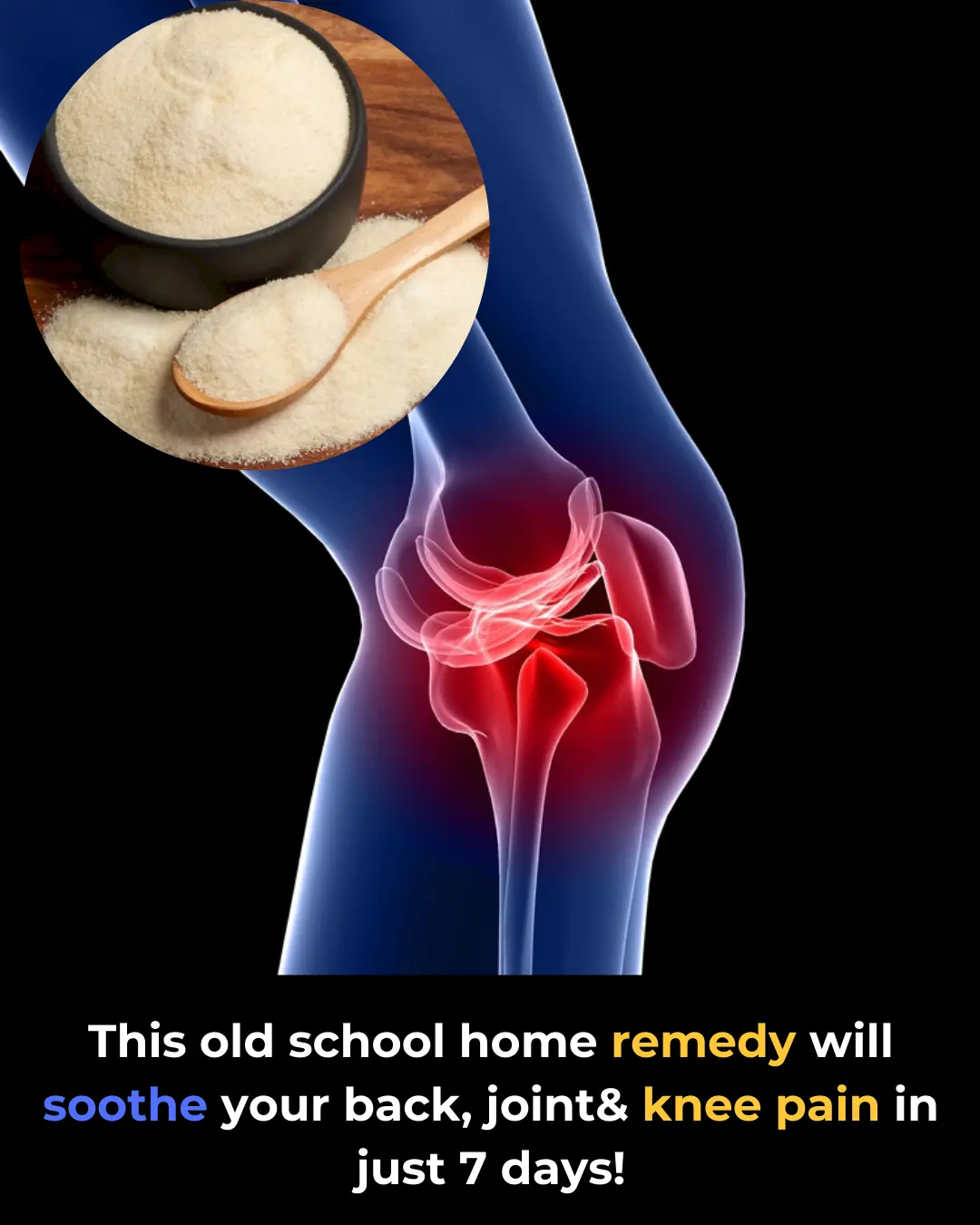
This Old-School Home Remedy Could Ease Back, Joint & Knee Pain in Just 7 Day
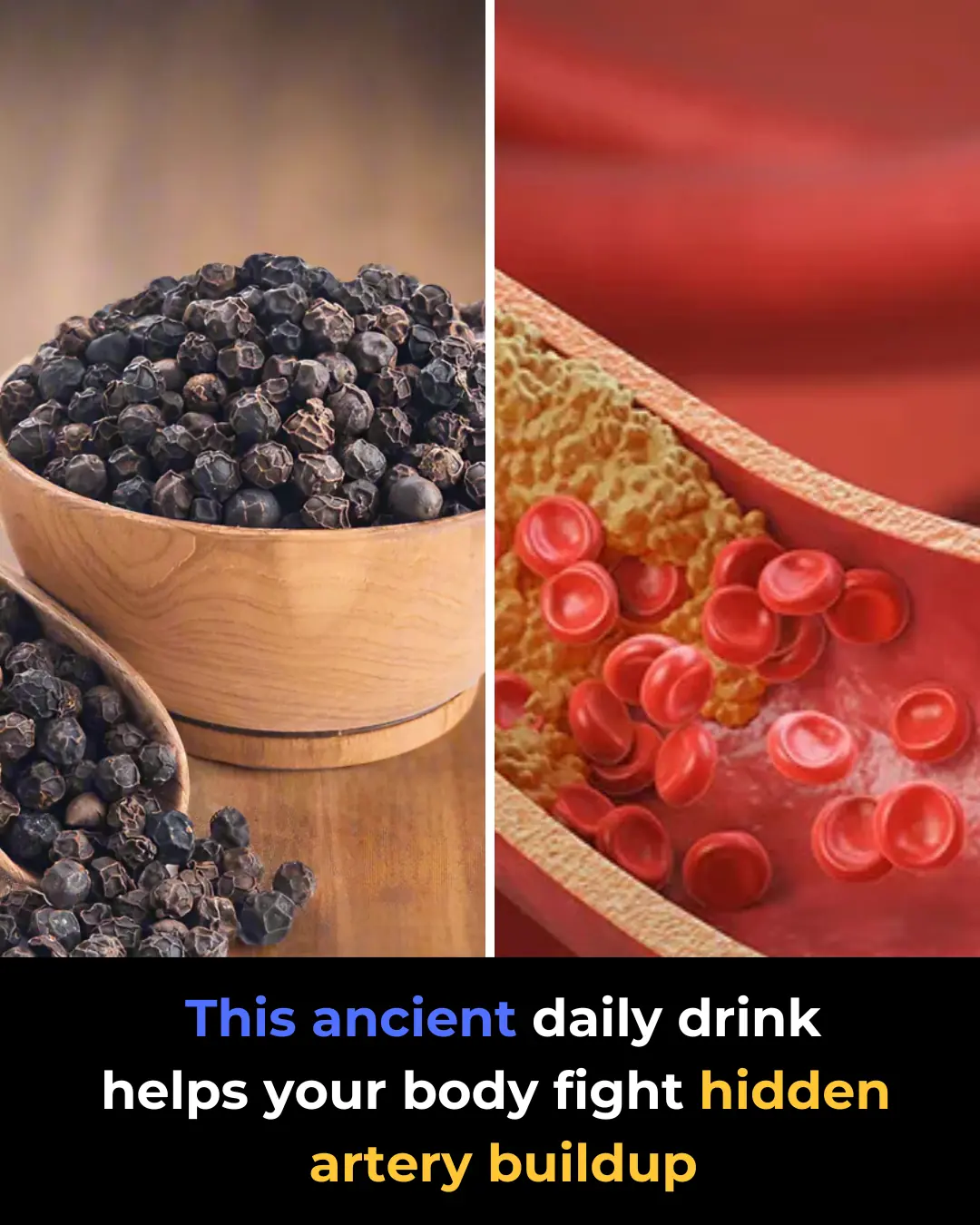
The Daily Drink That Helps Clear Blocked Arteries Naturally
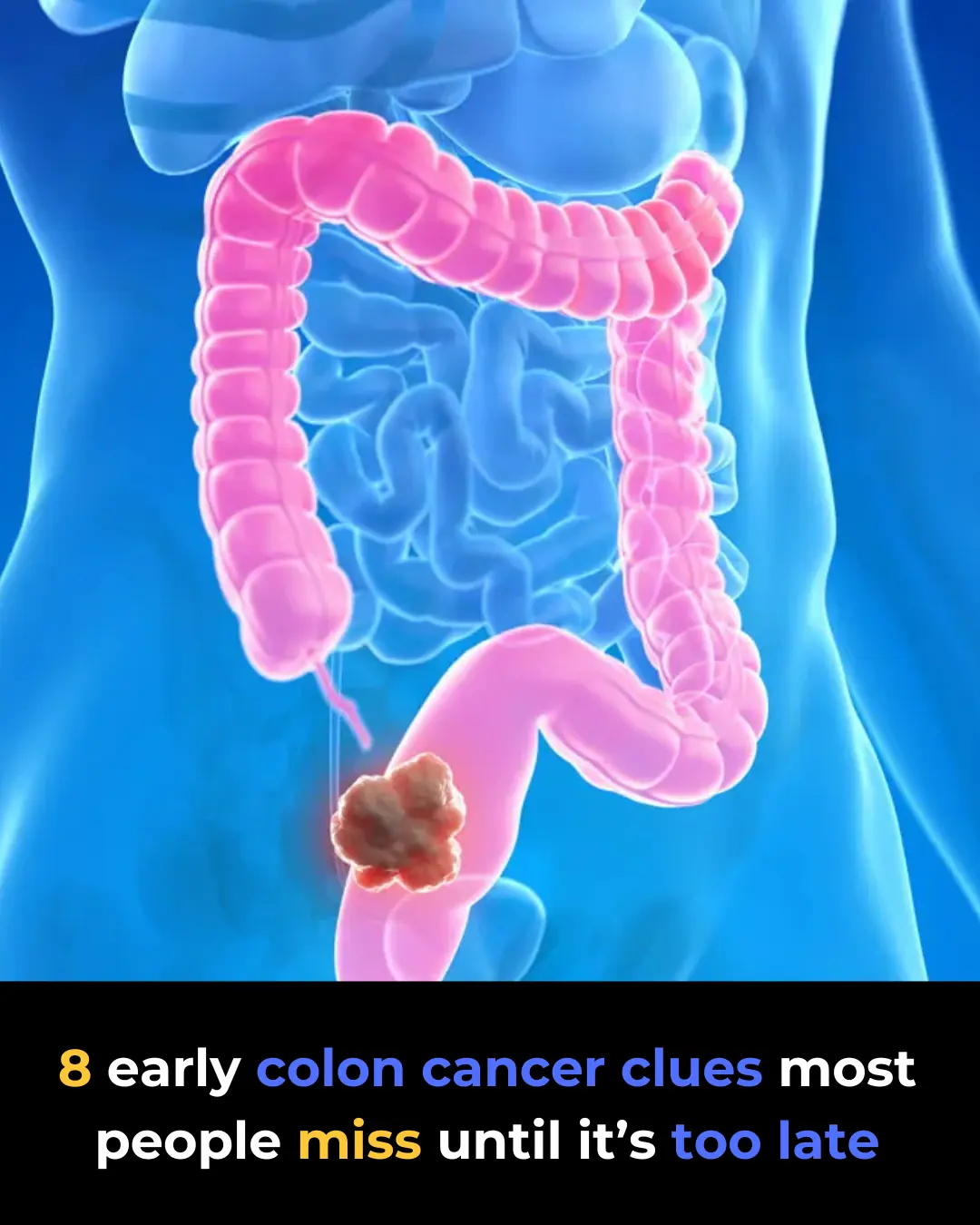
8 Warning Signs of Colon Cancer You Should Never Ignore
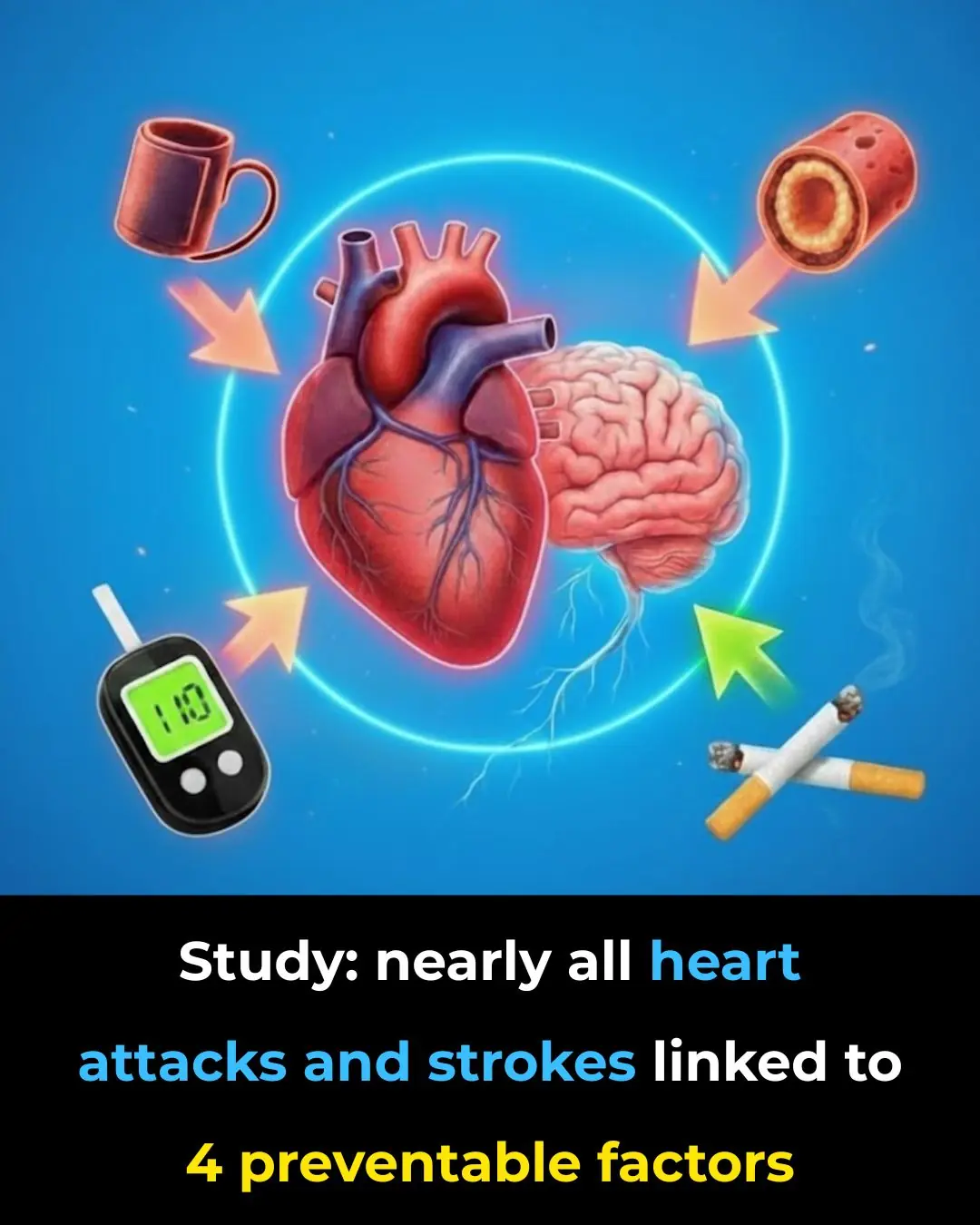
Study: nearly all heart attacks and strokes linked to 4 preventable factors
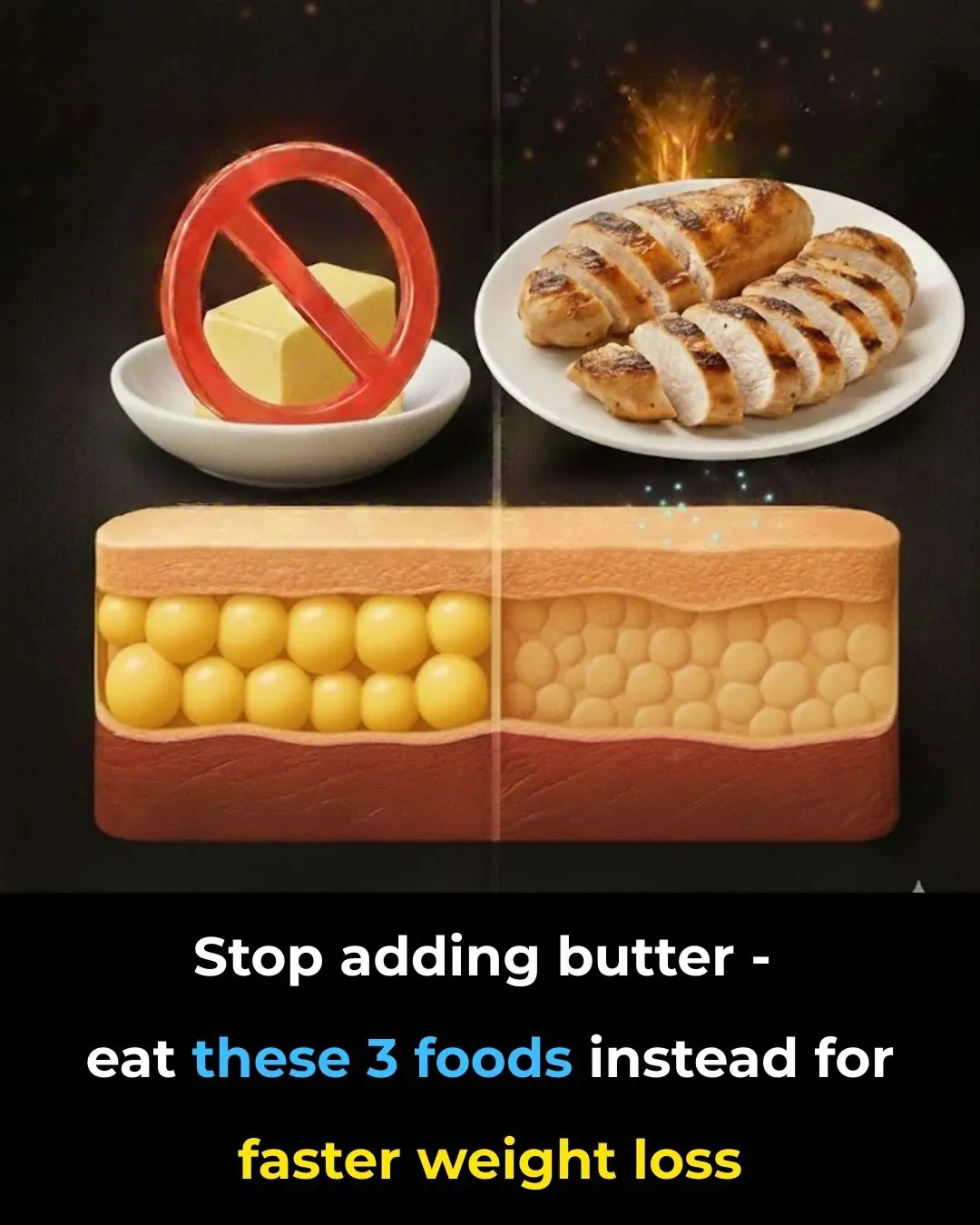
Stop adding butter — eat these 3 foods instead for faster weight loss
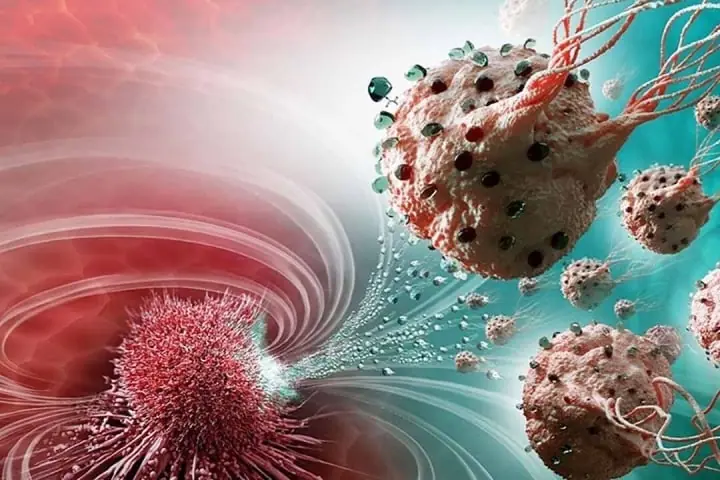
How Water Fasting Regenerates The Immunity, Slows Down Aging And Lowers The Risk Of Heart Attacks

Better Than Medicine? The Shocking Truth About Dates & Blood Sugar!
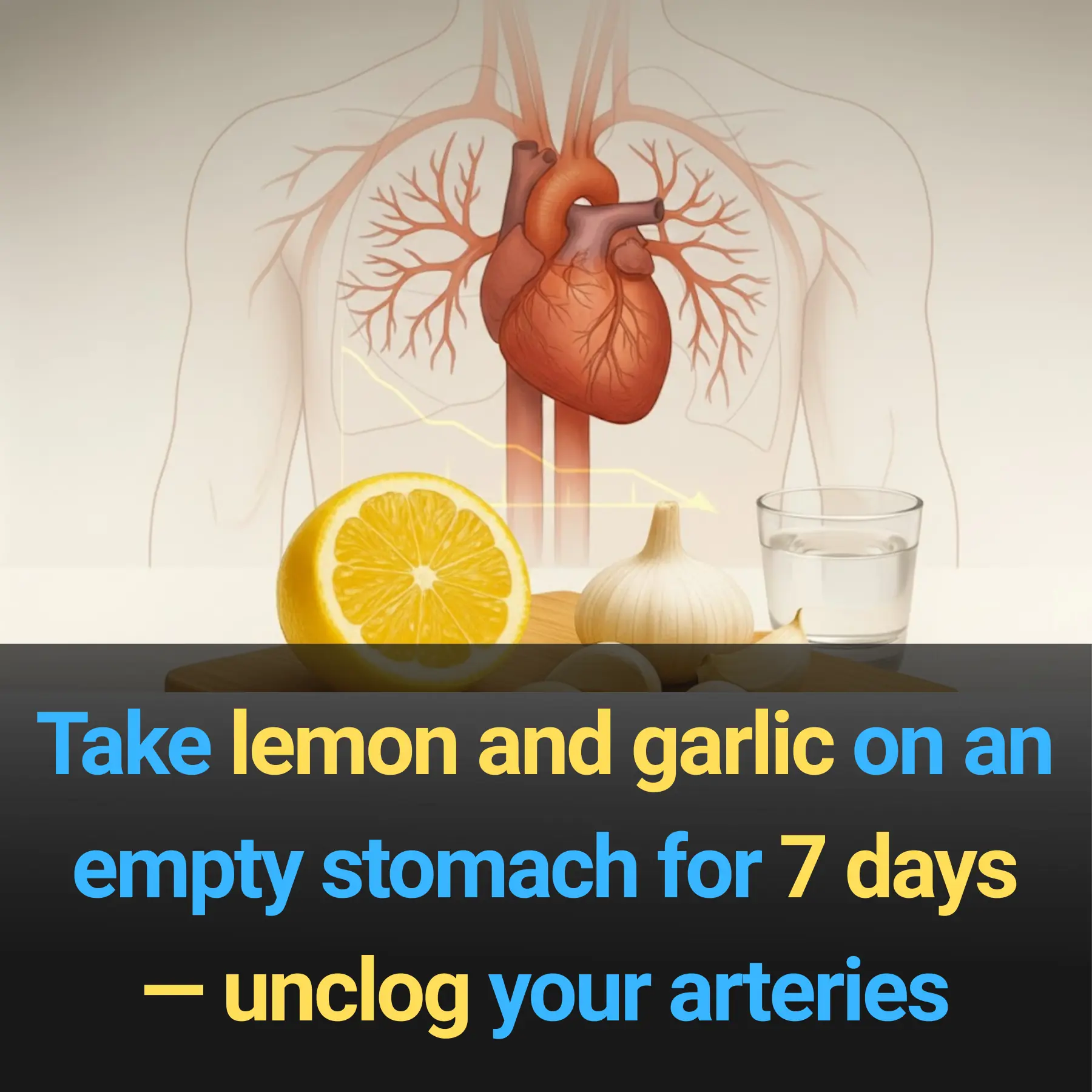
Take lemon and garlic on an empty stomach for 7 days — unclog your arteries
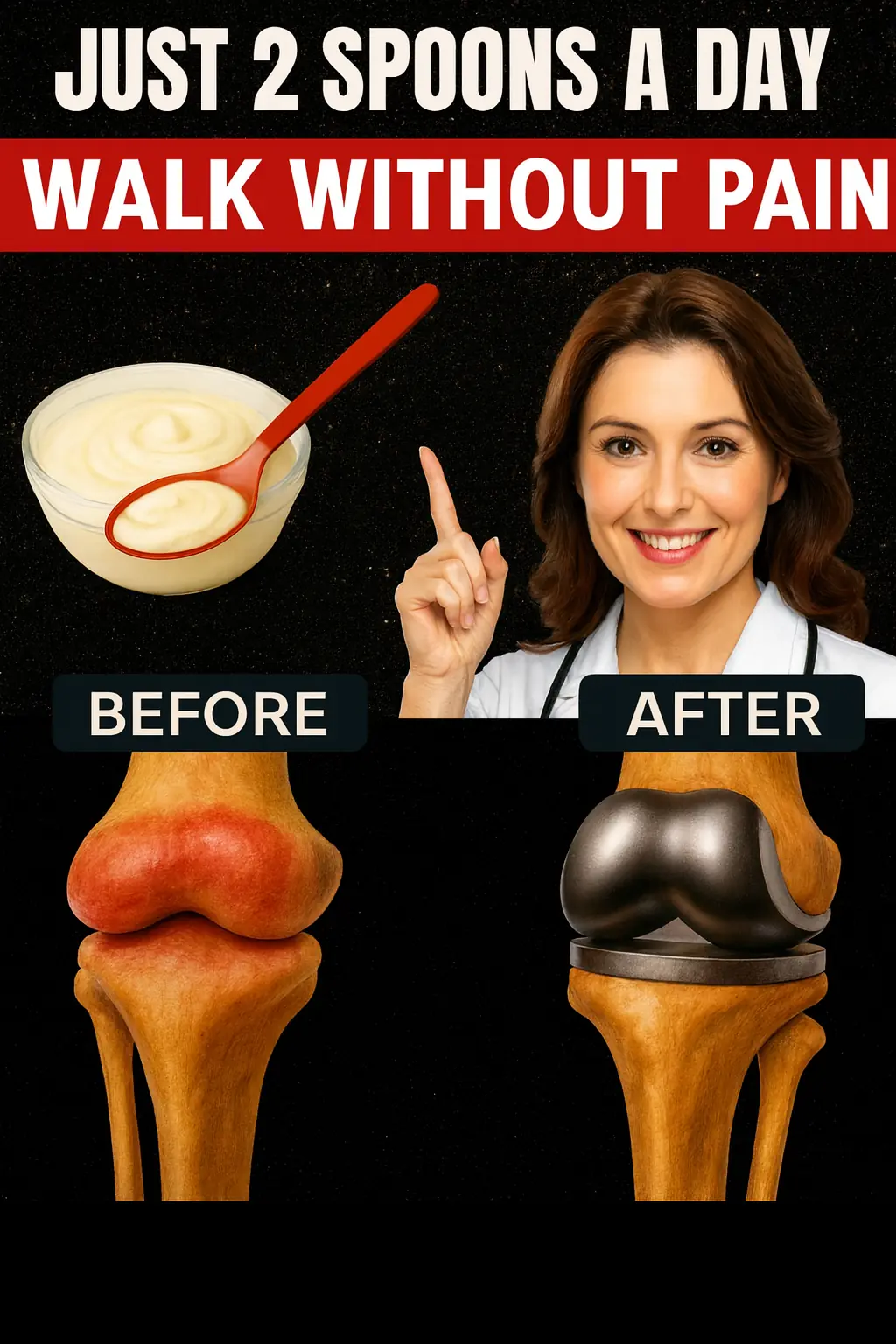
Knee Cartilage Crisis? 7 Foods That Rebuild Cushion, Crush Pain, and Restore Strides in 30 Days
News Post

How to shrink thyroid nodules naturally with 2 key minerals

Vitamin C ice cubes that will make your skin brighter with every use

How to Make ABC Cubes For Flawless Skin

DIY Amla Hair Oil: No Hair Fall & Crazy Hair Growth
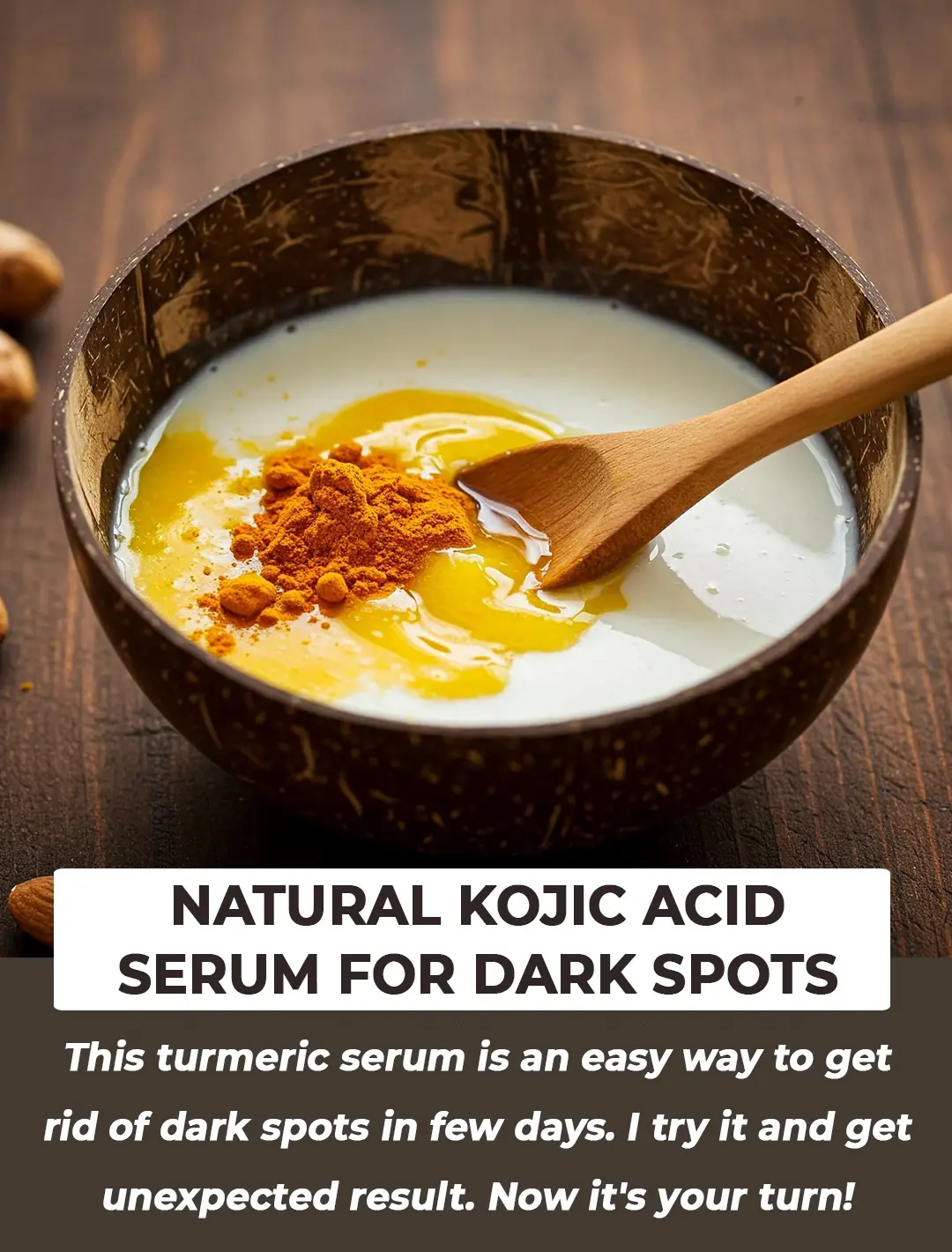
Turmeric Serum & Cream For Dark Spots

Secret juice to get glowing skin - 1 glass daily before wedding to get natural glow on face

Unlock the Beauty Benefits of Ginger!

Ginger Shots

Homemade Vitamin C Serum | DIY Vitamin C Serum for Clear Skin
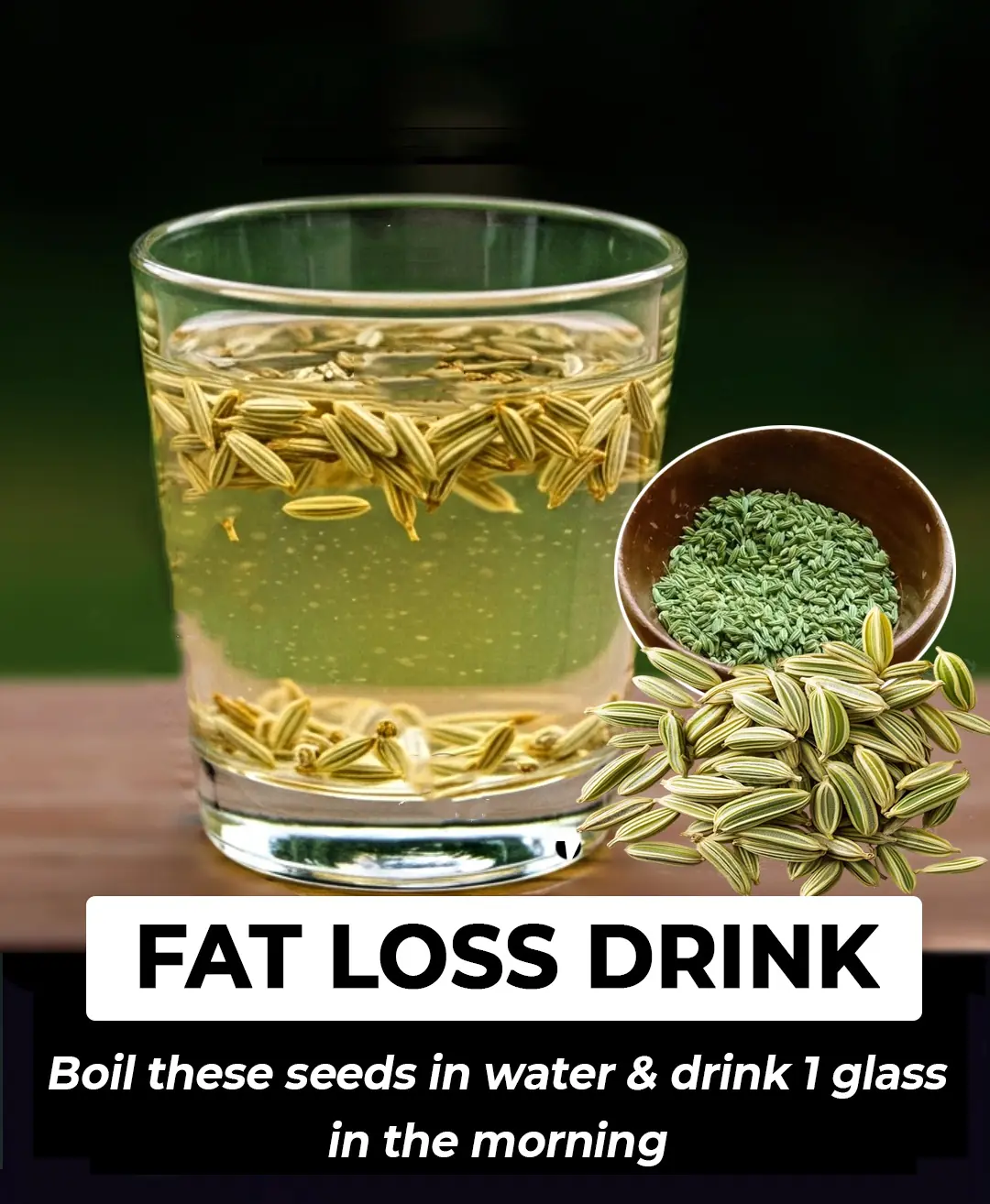
How to make Fennel Seeds Water/ Tea – Benefits of Fennel Seeds for Weight Loss & Health

Vaseline, secret to get younger looking skin

Potato Milk Cubes To Get Spotless Skin

The Black Serum To Get Long, Black Hair
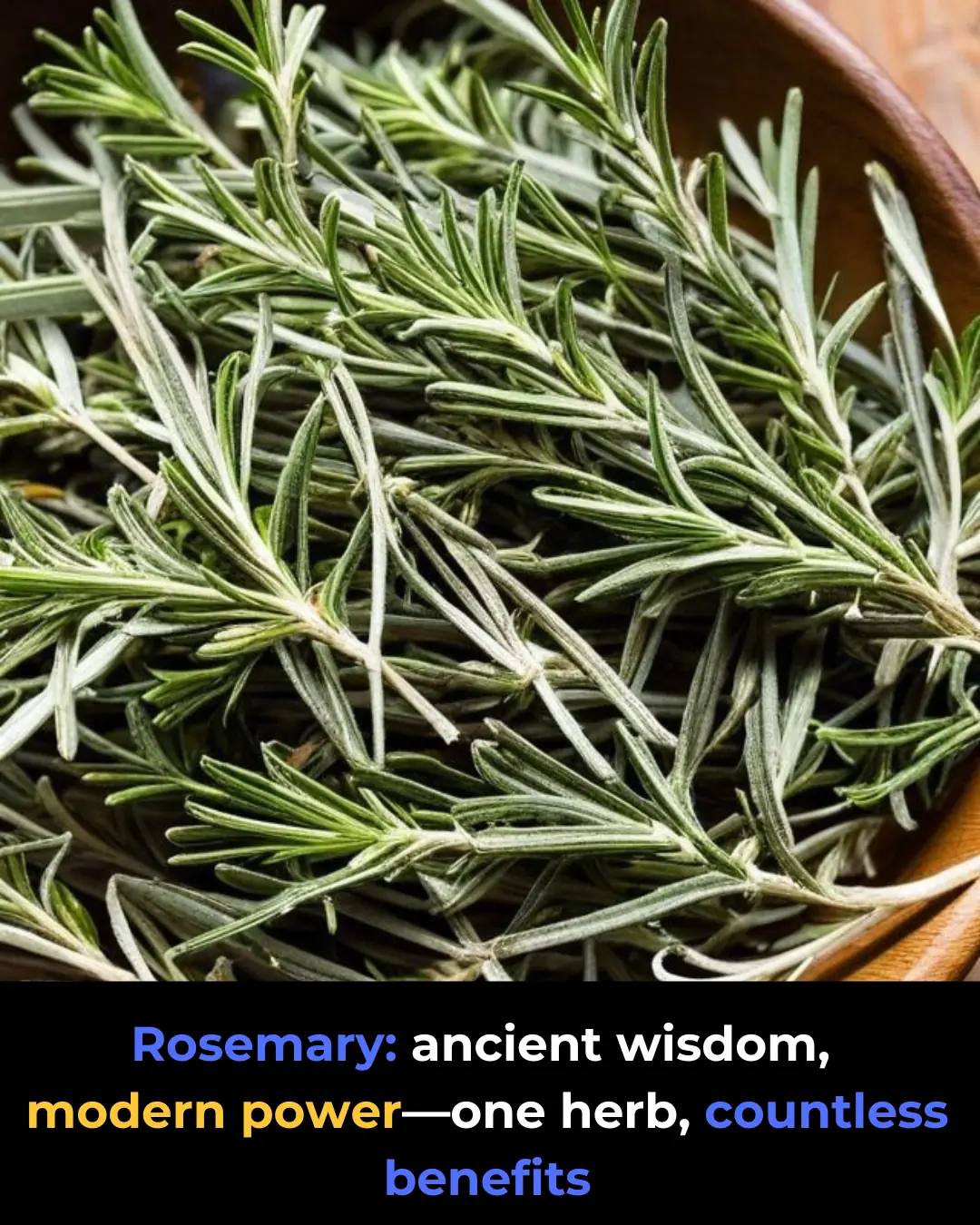
Rosemary: The Ancient Herb With Powerful, Underestimated Benefits for the Human Body
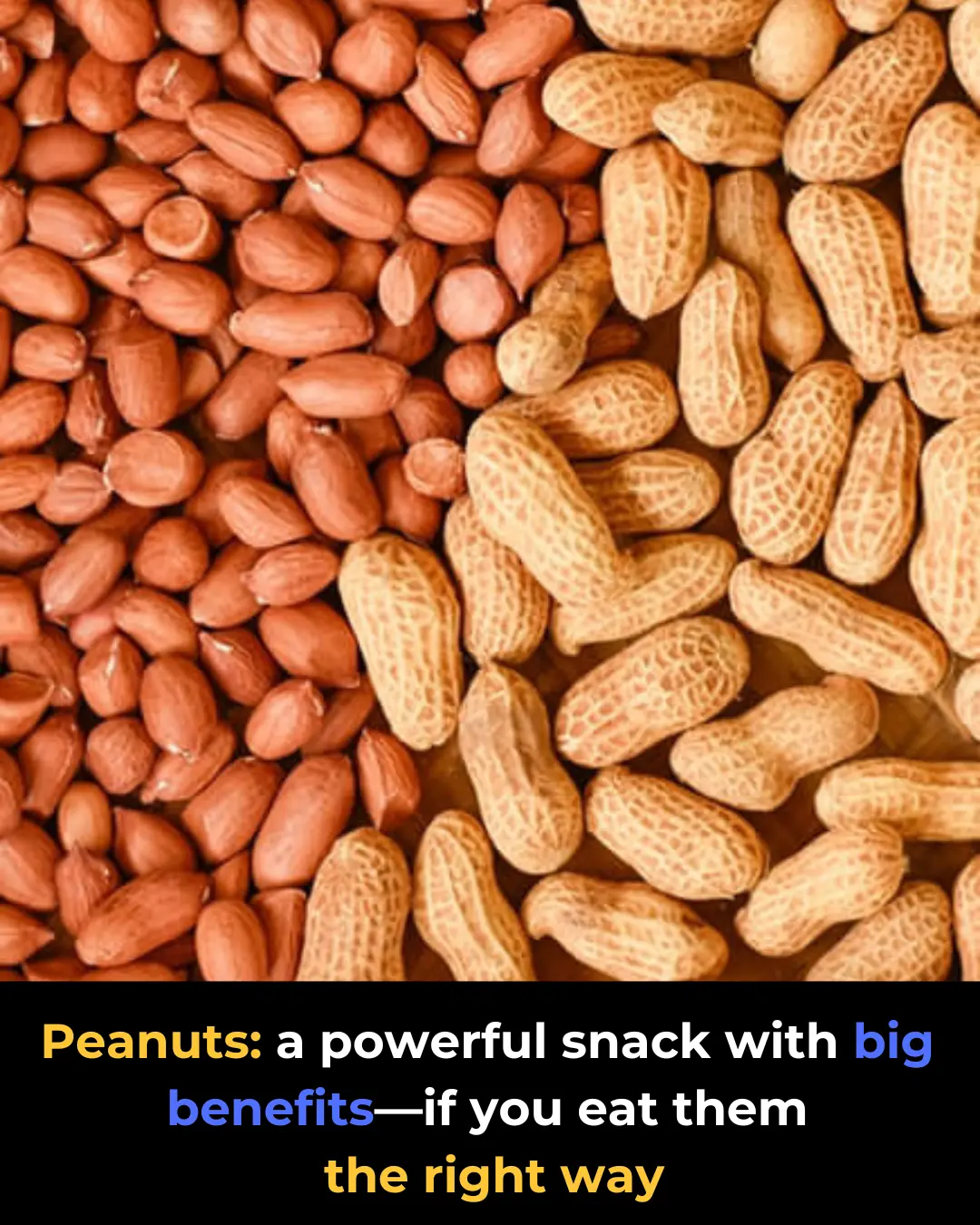
Doctors Reveal What Eating Peanuts Can Really Do to Your Body

Mexico frees 350 captive dolphins

Why Pineapple Skin Can Withstand a 1,000°C Metal Ball

Tradescantia zebrina: The Colorful Healer Hidden in Plain Sight

Black Locust (Robinia pseudoacacia): 14 Surprising Benefits and How to Use It at Home
